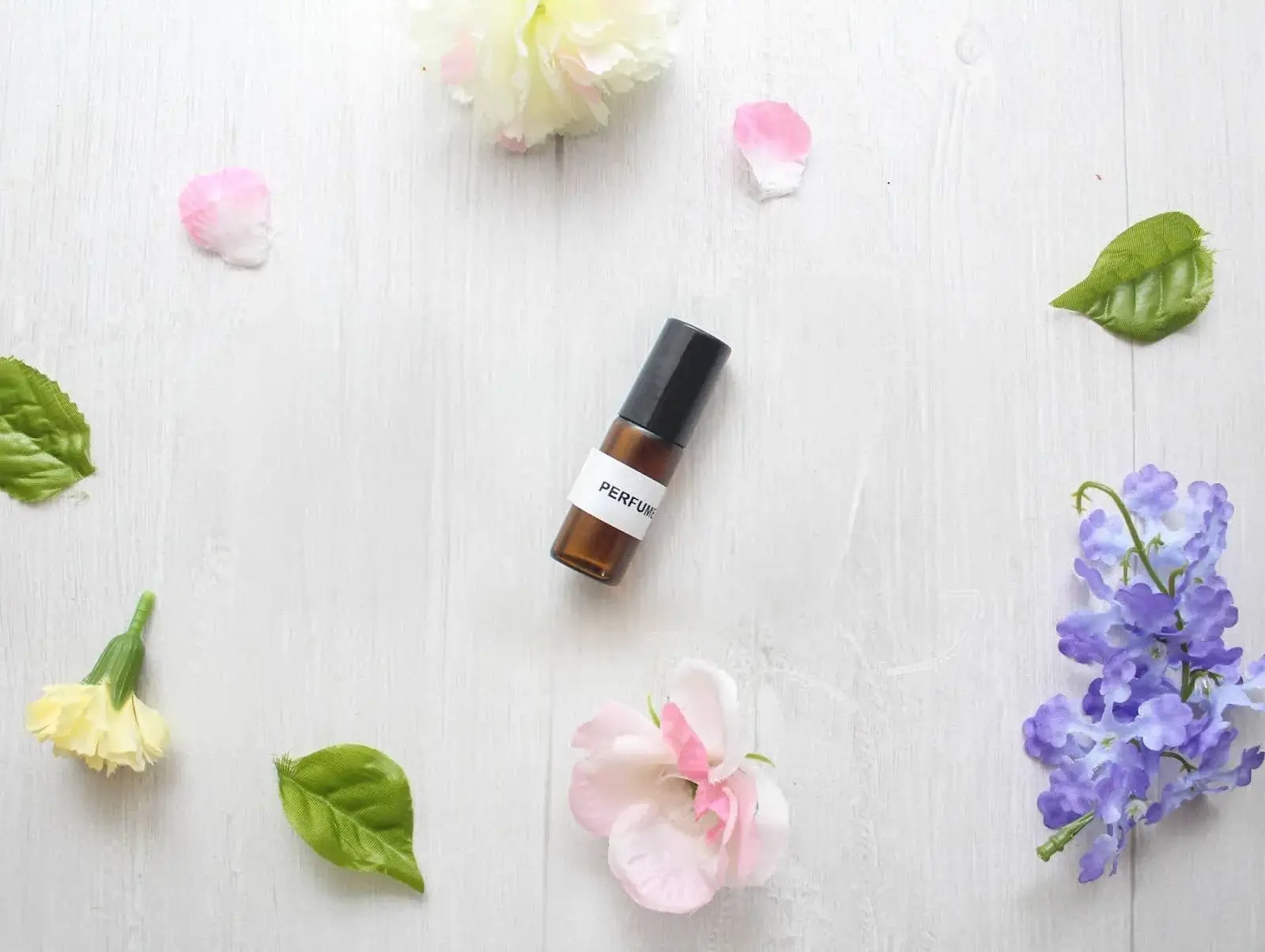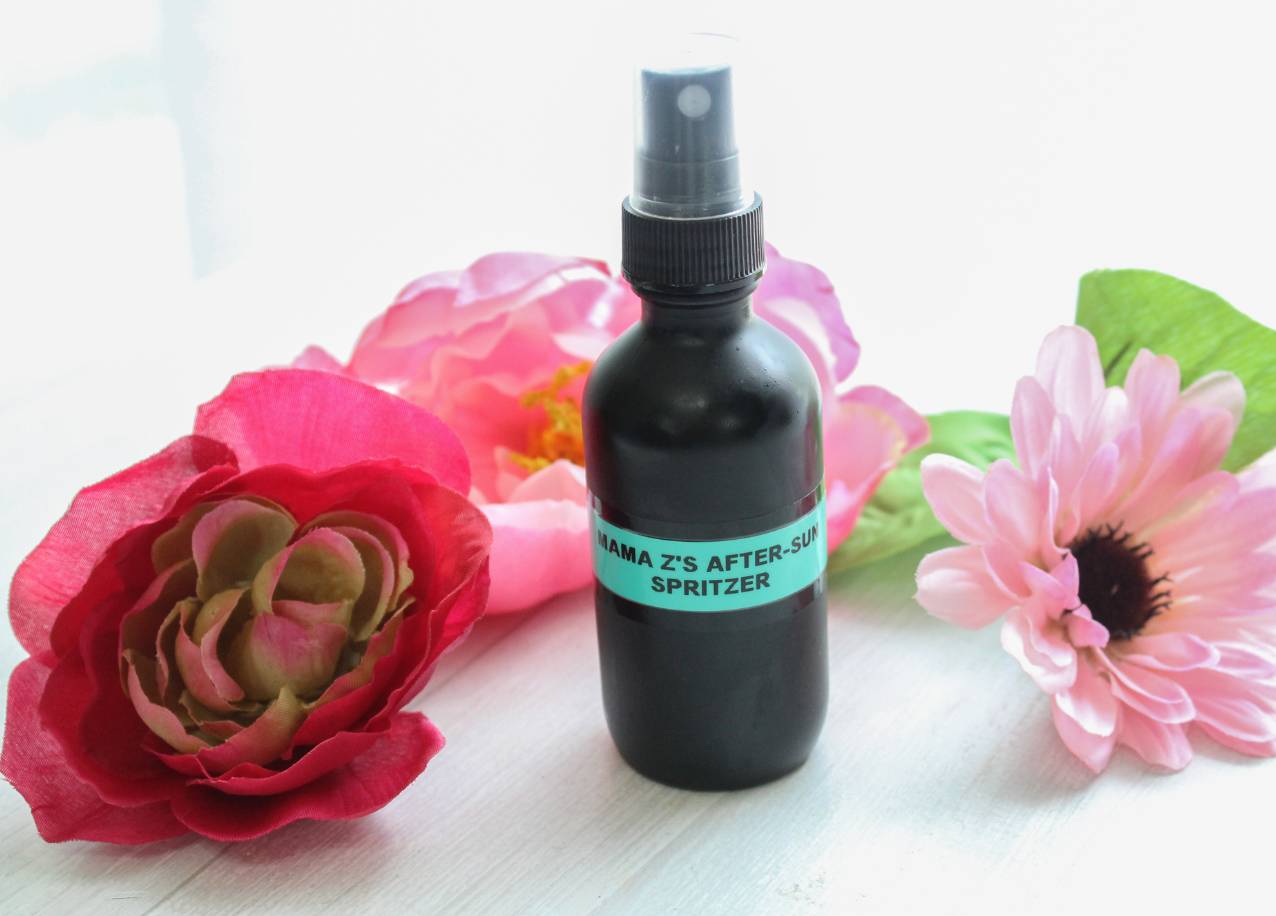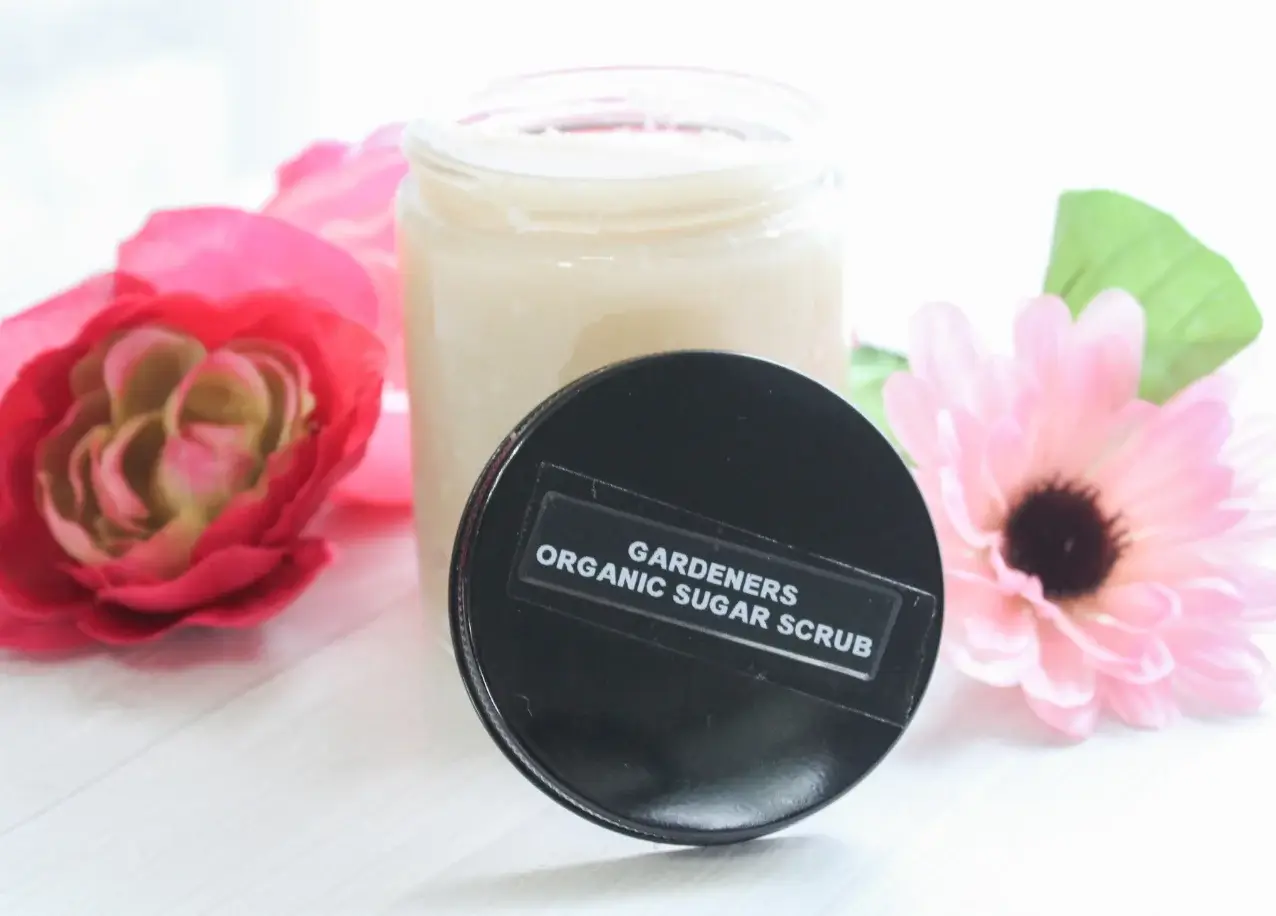Skincare is one of the most significant expenses for women! There are so many different options on the shelves, and it usually takes a few tries to find a facial cleanse solutions you like. All-natural skincare doesn’t have to break the bank! You can create unique products, like my DIY facial cleanser, and exfoliating variation right at home.
Don’t forget to try the quick and easy DIYs! These two recipes are free of toxins, and they leave your skin feeling soft. They’re so easy; you’ll never go back to your storebought standby!
Table of Contents:
- Toxins Found in Storebought Face Wash
- An All-Natural Skincare Routine
- Anti-Aging Facial Cleanser Ingredients
- Make DIY Facial Cleanser With Essential Oils
- Easy Exfoliating Facial Cleanser
Toxins Found in Storebought Face Wash
Why should you make your own face wash? After all, there are plenty of store-bought options that are labeled “all-natural.” Many brands eliminate one or two harmful ingredients and consider their formula worthy of a non-toxic label.
This isn’t the case! A few products out there genuinely fit the bill, but they can drain your bank account. DIYing your skincare products is a cost-effective option that you can be sure is toxin-free. Here are some of the toxins you’ll be avoiding.
Parabens
Parabens are in almost every single beauty product on the market. They give products a longer shelf-life, but they wreak havoc on the endocrine system.
Parabens affect fertility in both males and females as they mimic estrogen. (1) These toxins are so dangerous that they’ve even been found in human breast cancer tumors.
Phthalates
This toxin is used to help soften plastic, dissolve ingredients, and keep skincare products from drying out. Phthalates are so powerful that they can affect both a pregnant mother and her baby. (2)
Phthalates are also linked to breast cancer and lowered testosterone in men.
Synthetic Fragrance
Synthetic fragrances are added to cover chemical smells and create an appealing experience for consumers. Synthetic fragrances are linked to allergic reactions, such as headaches and skin rashes.
Most components that fall under the fragrance label are protected by the Fair Packaging and Label Act, a legal loophole that permits companies to hide what they put in their products. (3)
An All-Natural Skincare Routine
Our skin is exposed to extreme weather elements, dirt, pollution, bacteria, and more. We must give our skin a little TLC to help it reset.
Here are a few things you should consider when crafting your skincare routine.
Washing Your Face
Washing your face is a no-brainer; in fact, most people already do this step daily! It’s essential to take the time to cleanse your face and give yourself a clean slate in the morning. Some people can use soap and water, but most need a few additional elements to keep acne at bay.
The best part about this DIY is that you can customize it to fit your needs. Essential oils are great at doing different things for the skin. There are oils for acne-prone skin, dry skin, aging skin, and everything in between!
Toning the Skin
Toning the skin is an important step that many people don’t think of. When you tone your facial skin, you’re gently balancing your skin’s PH. Most toners contain an astringent to help deeply cleanse and shrink pores.
Storebought toners contain alcohol, but I prefer to use a cotton ball doused in organic unfiltered apple cider vinegar or alcohol-free witch hazel. These ingredients are far less drying!
Replenishing Moisture
The last step of any great skincare routine is to moisturize the skin.
This serum contains a mix of coconut oil and aloe vera gel. It’s incredibly hydrating and includes a blend of essential oils to heal skin from the inside out. It’s necessary to use a moisturizer to help replenish the natural skin oils lost in cleansing. Non-toxic ingredients will both moisturize and keep moisture in!
Anti-Aging Facial Cleanser Ingredients
You’ll notice this recipe calls for quite a few essential oils. I chose each EO with a specific purpose in mind! Here’s what each ingredient does for your skin.
Lavender Essential Oil: Lavender EO is terrific at eliminating free radicals. (4) These radicals come from pollution, daily stressors, and chemicals. Over time, they can age the skin and destroy it. Lavender contains antioxidants that combat these issues.
Frankincense Essential Oil: This is one of the best EOs for skincare. It can hinder harmful bacteria due to its microbial properties. (5)
Myrrh Essential Oil: Myrrh can help heal skin wounds and reverse cellular damage. It’s soothing to irritated skin. (6)
Geranium Essential Oil: This EO smells fantastic and appeals to those who love floral scents. It’s anti-fungal and can prevent infections. Fungal infections, including yeast infections, can affect hair, nails, and skin. (7)
Sandalwood Essential Oil: Sandalwood has exceptional antiseptic properties that make it skin-clearing. It can protect the skin against infections that leave unsightly spots and scars. (8)
Rose Essential Oil: This fancy EO can increase the power of other essential oils and allow them to sink deeper into the skin. It smells heavenly and can even help clear acne. (9)
Coconut Oil and Aloe Vera Gel: These ingredients are excellent moisturizers. Coconut oil is a well-known moisturizing agent, and it contains lauric acid, which helps fight off harmful bacteria. Aloe vera is soothing to the skin and makes it more supple (10).
Make DIY Facial Cleanser With Essential Oils
Within minutes, you’ll be using this DIY facial cleanser. I’m confident it’s going to be the perfect addition to your skincare routine!

DIY Facial Cleanser With Anti-Aging Essential Oils + Variation
Quantity
Ingredients
- 9 drops lavender essential oil
- 5 drops frankincense essential oil
- 5 drops geranium essential oil
- 5 drops helichrysum essential oil
- 5 drops myrrh essential oil
- 5 drops sandalwood essential oil
- 4 drops rose essential oil
- 2 drops fennel essential oil
- 1 cup coconut oil, extra-virgin AND unrefined, softened
- 1 cup aloe vera gel
Instructions
- Soften the coconut oil until it's nearly melted. I do this by setting the jar in a sink or bowl filled with hot water. In a bowl, mix the coconut oil and aloe vera gel until smooth.
- Add the essential oils to the glass bottle.
- Pour in the aloe and coconut oil blend. Replace the lid and shake to blend.
- Use as you would a conventional facial cleanser.
Step One: Mix the Aloe and Coconut
In a bowl, mix the coconut oil and aloe vera gel until smooth.
Step Two: Add Essential Oils
Add the essential oils to the glass bottle. Then, pour in the aloe vera and coconut oil mixture.
Put the top on the bottle. Shake vigorously to blend. Use as you would a conventional facial cleanser.
Easy Exfoliating Facial Cleanser
This variation is a must for any busy man or woman! It includes baking soda, which works to balance the skin’s PH and gently exfoliates.

Easy Exfoliating Facial Cleanser
Quantity
Ingredients
- ½ cup coconut oil, extra-virgin AND unrefined
- ½ cup aloe vera gel
- 2 tablespoons baking soda
- 5-7 drops essential oils*
Supplies
- Glass jar for storage
Instructions
- Soften the coconut oil until it's nearly melted. I do this by setting the jar in a sink filled with hot water.
- In a mixing bowl, combine the coconut oil and aloe vera gel, and baking soda until smooth.
- Stir in the essential oils.
- Use as you would a conventional exfoliating cleanser.
Notes
Step One: Combine the Ingredients
Soften the coconut oil until it’s nearly melted. I do this by setting the jar in a sink or bowl filled with hot water. In a mixing bowl or glass measuring cup, combine the coconut oil, aloe vera gel, and baking soda until smooth.
Step Two: Add Essential Oils
Stir in the essential oils. Store in a glass jar. Use as you would a conventional exfoliating cleanser.
- https://pubmed.ncbi.nlm.nih.gov/19007877/
- https://pubmed.ncbi.nlm.nih.gov/16466537/
- https://www.fda.gov/cosmetics/cosmetics-labeling/trade-secret-ingredients
- https://pubmed.ncbi.nlm.nih.gov/22895026/
- https://pubmed.ncbi.nlm.nih.gov/32325952/
- https://pubmed.ncbi.nlm.nih.gov/29450150/
- https://pubmed.ncbi.nlm.nih.gov/8893526/
- https://www.sciencedirect.com/science/article/abs/pii/S0944711399800464
- https://pubmed.ncbi.nlm.nih.gov/19688375/
- https://www.ncbi.nlm.nih.gov/pmc/articles/PMC6330525/

















